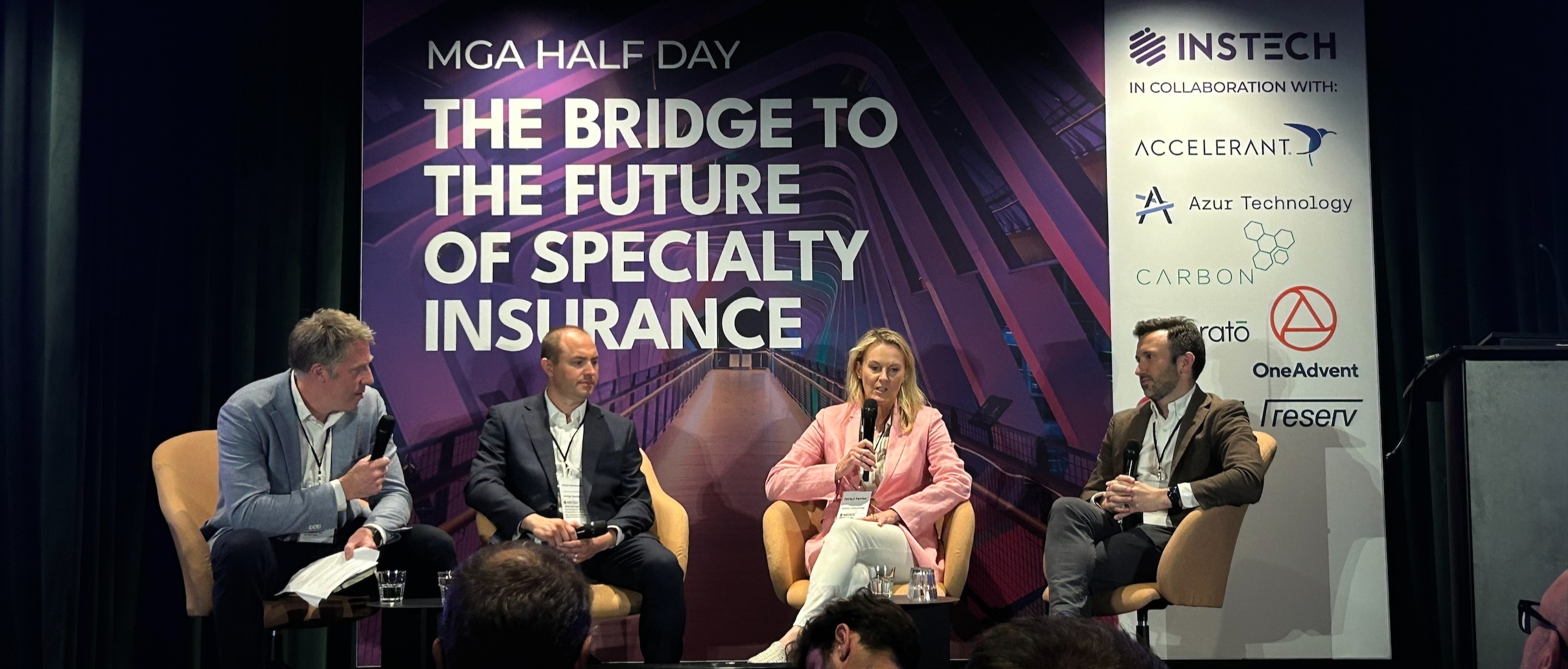When you work in delegated authority, claims data is everywhere. Every syndicate handling a delegated book receives claims bordereaux, but the real difference lies in how that information is processed, coded, and ultimately turned into insight. For us at Carbon, the breakthrough came when we stopped treating bordereaux as just lines of data and started codifying them into structured, actionable intelligence.
Codification doesn’t replace claims handling; it enhances it. By turning free-text and inconsistent categorisations into standardised data, we can see patterns that were previously hidden, connect dots across portfolios, and feed that intelligence back into underwriting decisions.
From Messy Data to Clarity
Every claim we capture in Graphene, which is our own internal proprietary technology ecosystem, is codified line by line, not just by primary peril but also by secondary peril, resultant damages and injury types. That level of granularity matters. Recording “storm” on its own tells part of the story. Recording “storm > flood > business interruption” provides a wider picture, and gives underwriters the cause-and-effect feedback loop that they need.
By structuring claims in this way, we create consistency and scalability:
● Consistency: no more ambiguity, just a single, comparable view across TPAs, portfolios, and years.
● Granularity: the ability to drill into secondary perils and see what’s really driving attritional losses.
● Scalability: automated insight generation that grows without proportionally increasing headcount.
Suddenly, insights that were hidden in narrative become data we can all work with and share with partners across the value chain.
A Feedback Loop
Codification closes the feedback loop between claims and underwriting. Instead of waiting for trends to show up in loss ratios months down the line, we can now identify early signals, highlight binders that may be running hot, and surface stress points across a portfolio.
Codification doesn’t just make claims data easier to process. Too often, claims handling has been reactive: settle the loss, record the peril, move on. By embedding structured codification at source, and explicitly capturing both primary and secondary perils, we’re shifting to proactive portfolio management. The feedback loop is closed, with claims data flowing straight back into underwriting, providing underwriters with timely signals on where appetite or policy wording may need to evolve.
We’re not taking the human element out of underwriting, instead, we’re giving underwriters better tools and timely insights, so they can make more informed decisions. For example:
● In Italy, we identified an nusual rise in motor claims linked to post-lockdown changes in traffic behaviour.
● In Australia, we analysed construction data and discovered that certain roofing materials were more prone to weather-related damage, helping underwriters assess risk more accurately.
These insights allowed underwriters to adjust appetite, while also creating a feedback loop for coverholders and brokers. It’s about “as iffing” with evidence, not guesswork.
The Power of Secondary Perils
One of the most important steps we’ve taken is explicitly codifying secondary perils. Too often, attritional secondary losses are what drive portfolio performance, more than the primary event itself. By mapping these connections, we provide underwriters with richer, cleaner insights into what’s really shaping outcomes.
This also brings efficiency at scale. Automated insight generation grows without the need to scale headcount proportionally, while consistent coding removes ambiguity and enables true apples-to-apples comparisons across a particular Class of Business, or DCAs. For underwriters, that translates into clarity, not 30-page reports, but a single, timely view of what’s really driving loss frequency and severity.
This approach also means we can inform our partners more effectively. Codified insights can highlight seasonal trends or infrastructure issues that might not otherwise be visible, helping brokers and coverholders to manage risk more proactively.
Keeping It Human
While codification and machine learning add speed and structure, we of course firmly believe the human element remains central. Every code and categorisation is validated by our technical adjusters and analysts. After all, claims will always be about people, from the validation process to the service we provide clients, and ultimately to fulfilling the promise of insurance to pay out when the worst happens. Technology is there to support that, not replace it.
What’s Next
We’re building the foundations around claims codification in order to explore further opportunities. Whilst I would caveat further exploration and governance is required, we’re always looking ahead:
● Deepen DCA Portal Integration: Expand API connections for seamless extraction of loss data, outside of the claims bordereau, enabling richer data feeds.
● Predictive triage: utilising the codification analysis to score new notifications for likely severity and settlement complexity in order to speedup decision making.
● TPA benchmarking: using codified MI to highlight best practice and raise standards across the market.
Turning Claims into Underwriting Intelligence
It’s no longer enough to just be strong at paying claims, the market needs to be turning claims into underwriting intelligence. At Carbon, we’ve built codification into Graphene from day one, therefore not having to tackle legacy systems like many in the market, ensuring that every claim captured is structured, connected, and usable across the business.
Codification is not about adding complexity; it’s about providing clarity. It’s about empowering underwriters with cleaner insights, giving brokers and coverholders better feedback, and ultimately creating better outcomes for clients.
Innovation in delegated authority stalls without talent, and as a market we need to work together on improving our DA strategy, by striking the perfect balance between harnessing data and AI to modernise processes that would benefit from technological efficiencies, whilst allowing our technical experts to do what they do best and handle complex losses.
To find out how to turn claims into underwriting intelligence, contact us for a Graphene demo: https://www.carbonuw.com/contact



